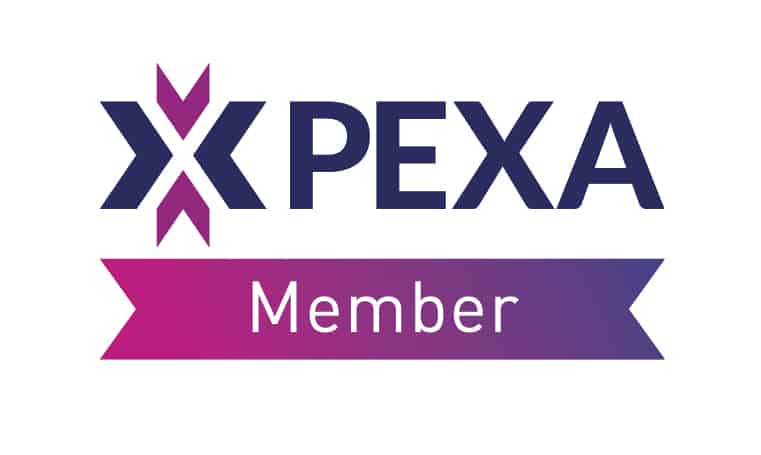
If you purchase property in NSW with two or more people, you need to consider how you will own the property together and in what proportions. The two options when purchasing property with others are to purchase as either joint tenants or tenants in common.
Joint tenants
If a joint tenant of a property dies, ownership of the property automatically passes to the survivor(s). The interest of the deceased in the property would not be dealt with under the terms of their Will.
Tenants in common
If the owners of the property are tenants in common, they each own a share in the property. Each owner’s share can be whatever proportion the owners have agreed.
If an owner dies, their share of the property would be dealt with under their Will or (if there is no will) under the rules of intestacy: it would not pass automatically to the other owners of the property.
Why choose joint tenants?
Purchasing as joint tenants is the most common option for married couples or couples in a de-facto relationship.
Transferring the interest of a joint tenant in a property to the surviving joint tenant(s) is a lot less costly and much faster than transferring the interest in the property under a Will. If a joint tenant dies, a Notice of Death is must be registered with NSW Land Registry Services to transfer the deceased’s share of the property to the survivor(s). Unlike a tenancy in common, a grant of probate is not required.
Why choose tenants in common?
Purchasing as tenants in common may be appropriate in circumstances such as where one of more of the owners:
- want to gift their interest in the property in a particular way in the event of their passing. For example, where the owners are a blended family (i.e. the couple have children from previous relationships);
- does not want the whole of the property passing to the other owners if they die. For example, where the owners are friends, a new couple, siblings, parents and children, extended family members, etc.;
- wish to record ownership of the property in different proportions. For example, if one owner contributes more of the purchase price than the other owner(s), the parties may wish to record this in the ownership proportions noted on title.
When do I need to decide?
You should decide before exchanging contracts for the purchase as the type of ownership is recorded in the contract for sale. There can also be transfer duty implications if the proportions noted on title are changed between exchange of contracts and settlement.
Can I change the type of ownership after completion?
It is possible to change between tenants in common in equal shares (.i.e. 50/50) and joint tenants after purchasing, by registering on title either:
- a Transfer Severing Joint Tenancy, to change from joint tenants to tenants in common in equal shares; or
- a Transfer Altering Tenancy, to change from either:-
- tenants in common in equal shares to joint tenants; or
- joint tenants to tenants in common in equal shares.
If there is a mortgage on the title, the mortgagee would need to formally consent to the registration of a Transfer Altering Tenancy.
Transfers that change the ownership proportions will attract transfer duty, calculated on the market value of the proportion being transferred.
What now?
Whenever purchasing a property with other persons, taking the time to work out how you will be purchasing together, and the impact that it has on your will and estate plan, can save you time and money later.
Contact us for advice on the pros and cons of each option.




